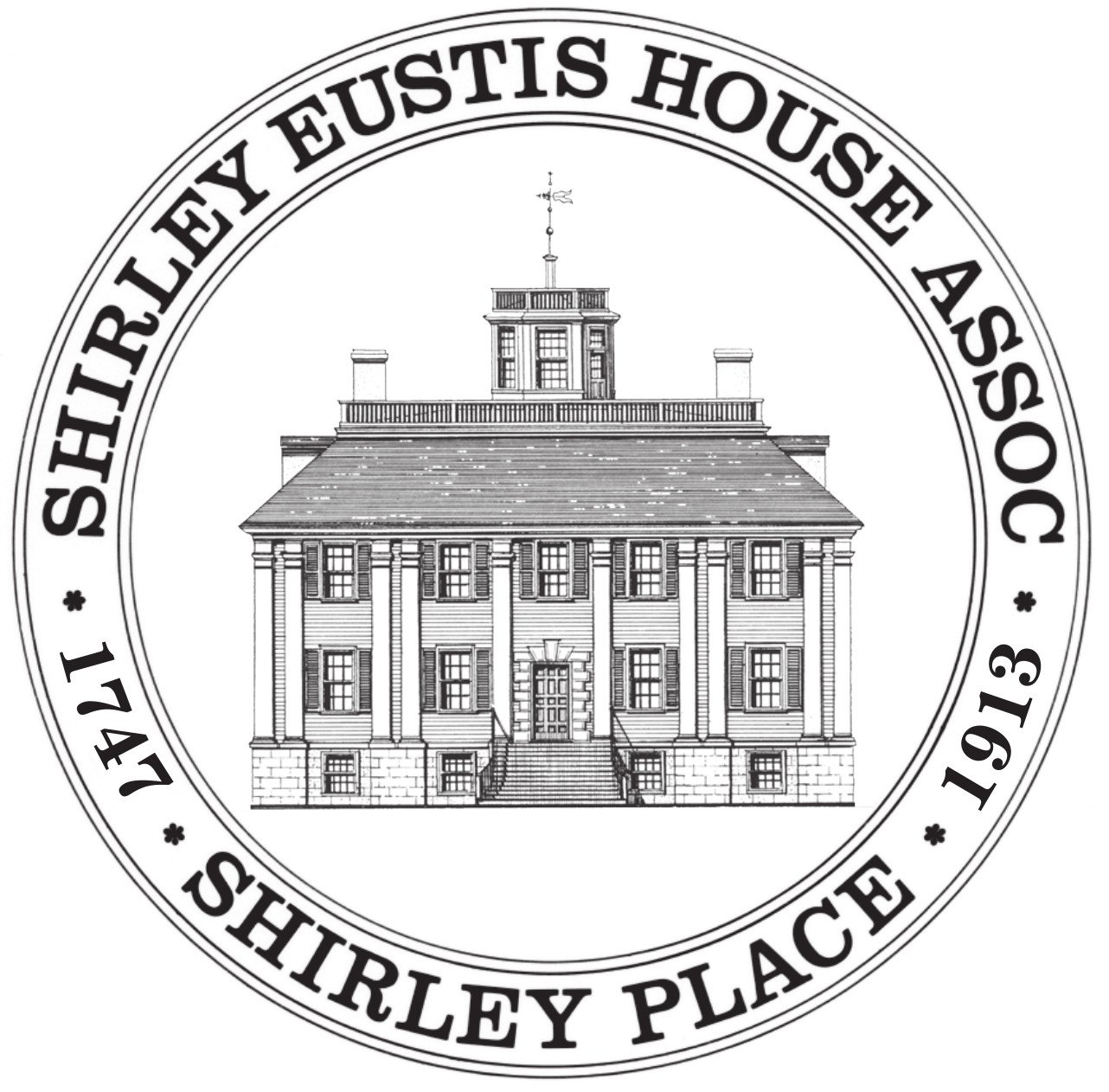The Comforts of Toast
Written by Suzy Buchanan
A traditional toasting fork could range from eighteen inches to four feet long, depending on the size of the hearth it was used in. Image courtesy of the Barnes Foundation
As a kid, one of my favorite books was The 101 Dalmatians by Dodie Smith (the book came out in 1956, the first movie version in 1961). I especially loved the chapter in which our heroes, the cold and weary Dalmatian dogs, Pongo and Missis, are invited to rest for a night at the home of a grizzled spaniel. Their ancient host sneaks them into the dark warm parlor of his equally ancient human, Sir Charles, who is seated in an armchair in front of a good fire. Sir Charles is absorbed in the task of toasting thick slabs of bread at the fire and loading them with butter. By turns he makes one for himself, and one for the old spaniel, who then slips slice after slice to the ravenous Pongo and Missus. The old dog is happy to share. At the age of ninety—in dog years—he assures them that he’s too old to eat more than a bite or two. The hot, salty toast revives Pongo and Missis in body and spirit, and after a brief nap, they are fit to resume their journey to Hell Hall in search of their kidnapped pups. Buttered toast becomes a cross-species comfort food for man and beast.
Old Sir Charles used a toasting fork (pictured at the top of this post) to cook the bread, a device that requires complete attention to the task of toasting so as not to result in a charred brick of bread. Fine for Sir Charles, but for a busy cook or housekeeper, the toasting fork required too much tending. A more convenient device was the fireside toaster pictured here, which can be seen in just about every historic house museum you’ll ever visit in New England.
Being common, however, doesn’t diminish its clever and attractive design. The toaster in the Shirley-Eustis House collection is of English design and was probably made anytime between 1775 and 1825. It accommodated two fat slices of bread end to end and could be left by the fire until one side was toasted. A loose bolt in the middle of the rack allowed the entire thing to be rotated around with a gentle push of the toe to brown the other side of the bread. Unlike a modern toaster, it could last a lifetime in dog or human years.
How might the residents of the Shirley-Eustis house have enjoyed their toast? Well, probably not with avocadoes, though this writer sees nothing to scoff at there. Several popular dishes involved serving it slathered with buttered oysters or oysters and cream sauce, and of course, there is the once-famous Welsh Rarebit (also known as Welsh Rabbit) first published in Hannah Glassie’s 1747 The Art of Cookery Made Plain and Easy. Welsh Rarebit was a nourishing and satisfying dish to enjoy in cold early spring when the only protein remaining in a family’s winter larder was cheese. It enjoyed renewed popularity in the mini-colonial revival of the 1970s, and it deserves to be revived again today when so many of us are rediscovering the comforts of making home baked bread and other indoor entertainments.
Here’s a recipe from The Joy of Cooking. It so happens that Welsh Rarebit goes great with sliced fresh pears. Welsh Rarebit
1 T butter
1/3 C milk
1/2 C ale
8 oz Cheshire or Cheddar cheese, grated or diced
1 t Worcestershire sauce
¼ teaspoon dried mustard pinch cayenne
1 egg yolk
4 slices whole-grain bread
chopped parsley
A handful of toasted almonds
Melt the butter over very low heat in a heavy saucepan. Add the cheese and stir until the cheese melts. Add the cream in the milk and whisk to remove any lumps. Simmer until thickened slightly, about 5 minutes. Stir in the ale and crumble the cheese into the pan; whisk until melted.
Add Worcestershire sauce, mustard and cayenne. Place the egg yolk in a small bowl and whisk until smooth. Add a generous spoonful of the warm cheese mixture to the egg and whisk quickly to combine. Pour the egg yolk mixture into the pan and stir; cook until heated through but not boiling. To serve, toast the bread and place a slice on each plate. Ladle cheese sauce over bread slices and garnish with chopped parsley and toasted almonds. Yield: 4 servings.


